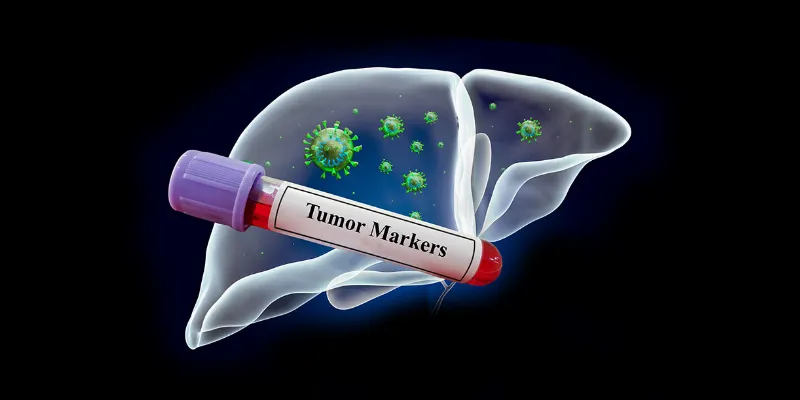Merlin Molecular Test Offers Hope for Melanoma by Reducing Unnecessary Surgeries

The Merlin test (CP-GEP), a molecular diagnostic tool developed by SkylineDx, shows promising results in reducing the need for sentinel lymph node biopsy (SLNB) in early-stage melanoma patients, cutting SLNB surgeries by 87.6% with a 98.5% negative predictive value. By accurately stratifying T1a melanoma patients into low- and high-risk groups, the test ensures targeted care, minimizes overtreatment, and advances personalized melanoma management.
Improving Clinical Decision-Making in Melanoma
SkylineDx announced that new clinical data on the efficacy of its Merlin test were presented at the 21st International Congress of the Society for Melanoma Research (SMR) Annual Meeting 2024 in New Orleans.
Developed in collaboration with the Mayo Clinic, the Merlin test integrates clinicopathologic data and gene expression profiling to predict sentinel lymph node metastasis in T1a melanoma patients, improving patient outcomes through precision medicine.
Tailoring Treatments and Avoiding Overdiagnosis
Dr. Alexander Meves, a dermatologist at Mayo Clinic and the principal inventor of the CP-GEP model, explained the test’s significance: “The intent is to help prevent undertreatment in seemingly low-risk early-stage melanoma patients who are actually at risk for nodal metastasis. By accurately identifying these at-risk individuals, we ensure that they receive the necessary interventions, even in the absence of traditional clinical risk factors.”
New data from a clinical study demonstrate the Merlin test’s capability to reduce unnecessary SLNB surgeries, a procedure used to determine whether melanoma has spread to nearby lymph nodes. The test classified 88% of patients as low risk for metastasis, with a post-test positivity rate of only 1.5%. This means that nearly 90% of these patients could potentially avoid undergoing an invasive SLNB, reducing overtreatment. For the 12% of patients classified as high risk, the likelihood of sentinel lymph node involvement was much higher, at 15.8%, indicating a need for closer monitoring and surgical intervention.
For patients traditionally considered at higher risk due to factors such as age under 40, presence of lymph vascular invasion, or a high mitotic rate, the Merlin test performed exceptionally well. Among 37 patients identified as low risk despite having at least one adverse feature, none showed lymph node involvement after testing. Additionally, the test pinpointed seven high-risk individuals out of 104 patients who lacked any adverse features, resulting in a 14.3% positivity rate for nodal metastasis among these patients.
The Merlin test's predictive accuracy could mark a significant shift in the standard of care for melanoma patients, with the potential to spare many from unnecessary surgeries while ensuring those at higher risk are promptly treated. This not only improves the quality of life for patients by reducing surgical interventions but also helps streamline healthcare resources.
About the CP-GEP Model and SkylineDx
The CP-GEP model behind the Merlin test integrates clinical data with gene expression analysis to classify patients' risk levels for metastasis, guiding surgical and treatment decisions. Developed jointly by the Mayo Clinic and SkylineDx, it has undergone clinical validation in several studies, gaining traction in the United States and Europe. The Merlin test is currently available through partnerships with diagnostic service providers, including Tempus in the U.S. and Quest Diagnostics' MelaNodal Predict™.











Comments
No Comments Yet!